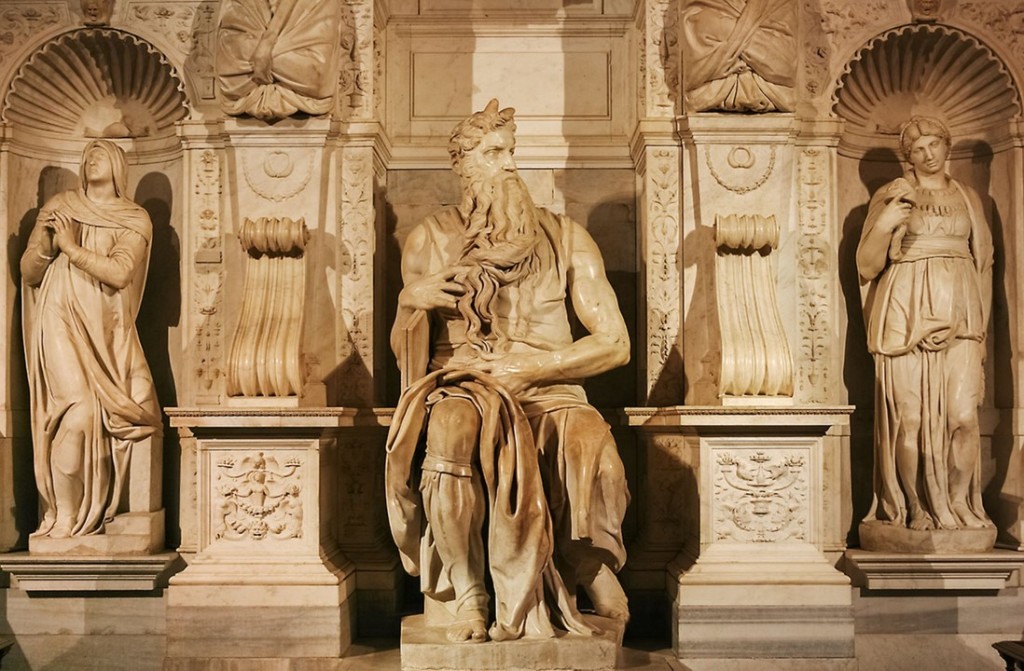I am writing a book of secrets, and not just about Lucasfilm, but about the sauce that produced the greatest franchise of the 20th century. I mean we are talking about not just a business that made money, not just about a brand, but about a story that made generations of adults dream and get silly behind glowing sticks, and made grown ups line up around the block to see a spaceships movie. We are talking about a saga that made many millions around the world shiver with amazement. How do you make stuff like that, how do you create it, where do you start?
Recently it happened that I had to look up a company that does stuff… and I googled reviews on their product and people literally said it was the ugliest thing they had ever seen. How do you live and go home with something like that?
Okay, so what did George do to make Star War so incredibly compelling, so engrossing as to produce mass hysteria in people and a kind of worship. How did he do it, what was the secret sauce?
And you don’t need to read my book to find out although it may be helpful – one of the ingredients in the secret sauce is people.
When I first got at Lucas I sucked. I hit the ground running and I literally made, for the first months or so, garbage. It was difficult, I had to learn everything from scratch, how it worked, how I worked, how to put together very technical artwork. There was no manager or boss to tell me I sucked. in fact I had the most amazing managers you can possibly imagine. But the most pressure I felt and the reason I strived to get better every day was peer pressure. Every day there were these guys around me and every one of them was literally a genius at what they did. Every single artist was on top of their game and I couldn’t accept the fact that I would be the one to let the team down. So I put in 16-18 hour days to learn and get better. So these people were the A-players.
Every industry has A-players, the A-player company or the A-player team. I encourage everyone starting out to head directly for the A-player place, so they can compete with the A-players. Each industry has exactly one A-player company. It is one, not two, nor several. It is always one. And the other thing was that Lucas had taken Lucasfilm out of Hollywood and established it in San Francisco, and Lucasfilm was not just a creative endeavor, a film company, but was also a technology company. Same with Pixar. They both benefited from being children of the Silicon Valley and Silicon Valley style management and operation. Silicon Valley is important in the way the French Revolution was important, the kind of operation… where a 12 years old Steve Jobs can call up a CEO of a company and have a decent chat. No barriers to entry but your own abilities, and your ability to articulate ideas. But I am gonna talk about this at length later on.
When I decided to leave Lucas I realized there’s one place in the world that is the center of the Universe in art and that is New York. I applied the same principle when I started drawing – I never looked at the contemporary scene in drawing, I always looked at the drawings of the masters – Michelangelo, Leonardo, Durer, Rembrandt, all the old masters drawings I can possibly lay my eyes on. When I wanted to shift my work and enter the surreal space – I started looking at Dali. And the lesson is to always learn from the best, from the A-players, even the dead ones.

